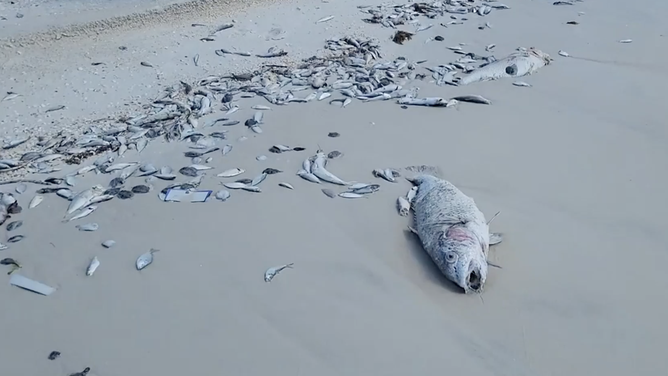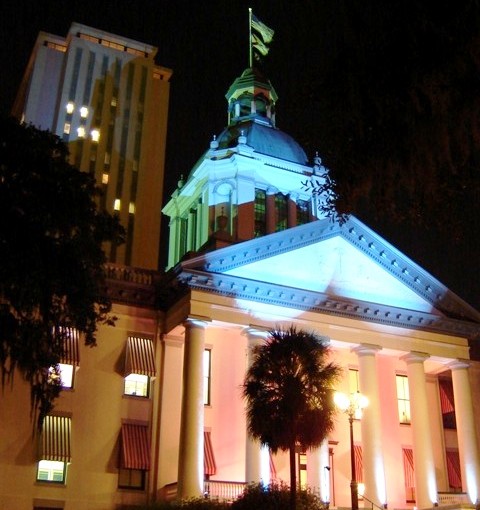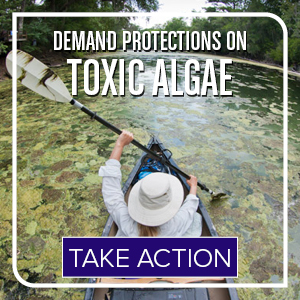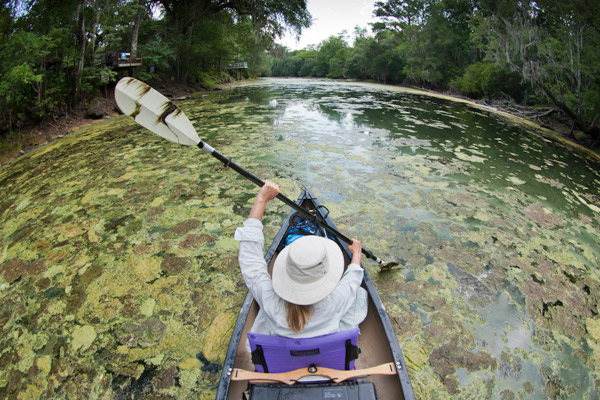
Toxic Algae
Toxic algae blooms have increasingly plagued Gulf waters including the Gulf Dead Zone, outbreaks of toxic algae across the gulf, and growing red tides near our shores.
Keep up-to-date on the issues you care about. Sign up for Healthy Gulf updates to stay informed, volunteer, and take action.
Get Updates.
Stay Informed.
The Problem
Toxic algae outbreaks plague gulf waters, kill fish and wildlife, and harm our economies.
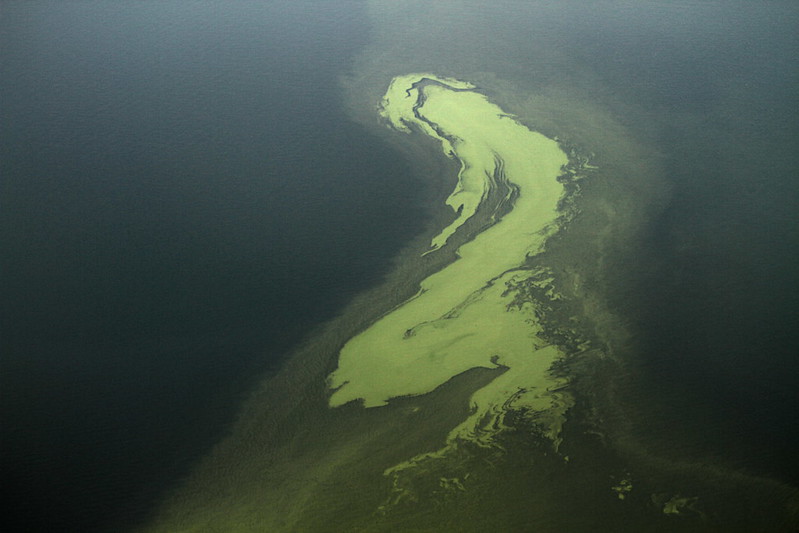
Outbreaks of toxic algae are increasingly plaguing bodies of water all along the Gulf coast. These outbreaks are fueled by polluting nitrogen and phosphorus from human activities such as fertilizers from farms and lawns, sewage from treatment plants and septic tanks, waste from fertilizer plants, and stormwater runoff from developed areas. Changes to natural drainage systems through the filling of wetlands and construction of canals also contributes to these outbreaks by pushing water carrying nitrogen and phosphorus into waterways.
Blue-green algae (also called cyanobacteria) is one type of toxic algae, usually afflicting freshwater areas such as rivers, springs and lakes. The algae releases toxins to air and water that harm and kill fish, birds and other wildlife. Those same toxins can cause a range of illness and disease in humans, including rashes, stomach cramps, vomiting and even diseases of the liver and nervous system. Researchers also continue to study the link between some forms of blue-green algae and amyotrophic lateral sclerosis (ALS).
Red tides are another form of toxic algae that occur mainly in marine waters off Florida but can also occur along other Gulf states. They are caused by tiny free-floating planktonic algae that release toxins to air and water, killing fish and wildlife and causing burning of the eyes and respiratory system in humans living nearby. The full connection between red tides and human-caused pollution is still being studied, but it is widely believed to be a contributing factor. Red tide and other less common species of toxic marine algae can also contaminate seafood, making it dangerous or even deadly for human consumption.
Another type of algae outbreak is more chronic in nature, and that is the massive blooms of phytoplankton (plant plankton) that creates a “dead zone” averaging over 5000 square miles in the Gulf of Mexico every summer. Fueled by excess nutrients from human activities, such dead zones are chronically toxic in that marine life cannot survive in these areas of low or no oxygen. The annual Gulf dead zone is caused mainly by the runoff of nitrogen fertilizer from corn fields in the Midwest. Despite these well-documented negative impacts, Federal subsidies encourage the growth of corn for animal feed and for conversion into ethanol—resulting in larger areas devoted to the crop. Smaller dead zones can also be found seasonally in many Gulf coast estuaries.
The Opportunity
The Gulf coast economy and culture depends on access to clean and healthy water. Yet outbreaks of toxic algae have not lessened and have gotten worse in many places despite passage of the Clean Water Act by the U.S. Congress in 1972. Governments at all levels have failed to set and enforce limits on the nitrogen and phosphorus pollution that fuels outbreaks of toxic algae. In order to stop the toxic algae, nitrogen and phosphorus must be kept out of waterways.
To finally address outbreaks of toxic algae:
(1) Gulf coast states should accelerate the creation of cleanup plans required by the Clean Water Act for waterways that are impaired by excess nitrogen and phosphorus. Those plans must include enforceable limits on pollution.
(2) The USEPA should set minimum standards for required public health advisories when blue green algae toxins are present in a body of water.
(3) While efforts to rein-in Federal subsidies that encourage farmers to grow nitrogen-loving corn have failed, an intermediate step would be to require that farmers receiving such subsidies enroll their lands in U.S. Department of Agriculture best management practices and other conservation programs. This would make these lands less likely to contribute to nitrogen and phosphorus pollution downstream.
(4) Increase funding for conservation reserves and other programs that pay farmers to install buffer strips and other conservation measures that reduce runoff of fertilizer from fields.
Gulf leaders need to prioritize setting and enforcing limits on the nitrogen and phosphorus pollution that fuels toxic algae outbreaks.
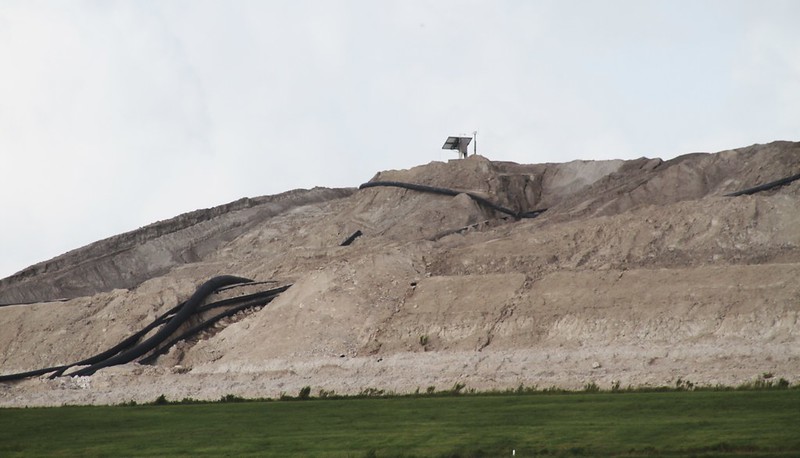
What Healthy Gulf Members Are Doing
Healthy Gulf is working with our partners, members, local, state, and the federal government to prioritize protecting our waters from toxic algae outbreaks.

Advocate for Laws that will Fix the Algae Crisis in Florida
FL’s politicians have missed multiple opportunities to protect our waterways and marine life from nitrogen and phosphorus pollution and algae smothering rivers, lakes, springs, and bays.
It’s time to act.
RELATED NEWS
Fish Farms in The Gulf, a Recipe for Harm in our Coastal Communities
Disappointments and small wins: the 2020 FL Legislature
This was the year. The one in which the Florida legislature was going to get…
Help protect people and wildlife from toxic algae blooms
Toxic algae is getting worse in Florida’s waterways, putting people, pets, and wildlife at risk….

